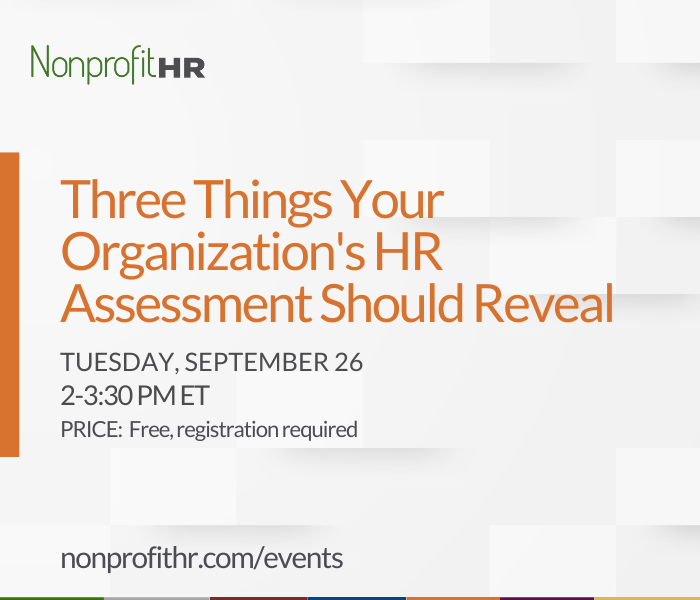WTOP: 5 ways nonprofits can…
By Caroline Garrett, PHR
Oh no! The new CFO has just asked you to report the HR metrics dashboard in tomorrow morning’s executive meeting. You think that you have some data, but don’t have anything formal and really don’t know where to start. What do you do? Here are a few simple tips and questions to consider as you create a dashboard for tomorrow’s meeting. Don’t worry, it will take you no time!
Link HR metrics to organization’s strategy, program and operational goals and provide analysis.
You should be able to report on something as simple as the number of staff hired this year. Think about how their roles support the program and operational goals. On the flipside, how many staff have left throughout the year and how does that compare to last year? When reporting these figures, it is important to have some analysis to share. For example, even if there are more staff that have resigned this year, it could have been helpful that some of the lower performers resigned and have been replaced with more qualified staff who have made greater progress than their predecessors. You may need to dig a little deeper to find out the “why” to support the metrics that you are reporting.
Consider the size and mission of your organization.
Some HR metrics may make more sense to track and report on than others depending upon these factors. For example, if your organization has a staff of less than 20, then it may not make sense to report on more specific recruitment metrics (like time to fill positions) if there has been little recruitment activity within the organization. However, something as simple as resignation rate of top performers may be a helpful metric to track. If your organization is small, then your top performers are extremely valuable and can make a huge impact to the organization.
Keep it simple!
It can be very difficult to gain other’s buy-in when there is too much data, so identify three or four metrics that will simply communicate HR’s impact to the organization. You are likely already tracking some of these, so it should not be too time consuming. However, if you are completely strapped for time (like in this scenario), create metrics for specific programs or a department.
Just remember to continue asking yourself and your team how you can translate HR metrics to business strategy. You can build on them over time, so take a look at your HR metrics annually and re-evaluate them when organizational priorities change. Good luck with the meeting tomorrow!





































